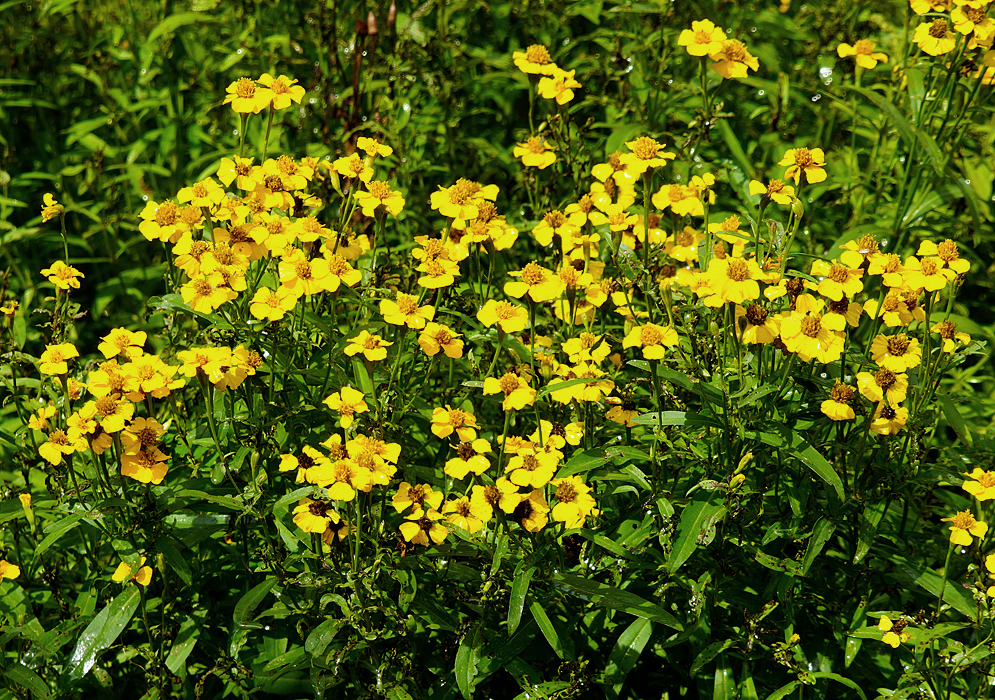This post has 11 Simple Fields-fields attached. Show fields.

Native to a vast region covering parts of Asia and Europe, Tarragon is cherished for its culinary uses, primarily for its distinctly aromatic leaves that have an anise-like flavor. There are two main types of tarragon: Russian and French. While both types are used in cooking, the French variety is often preferred for its more delicate and sophisticated taste. It's a fundamental herb in French cuisine and plays a pivotal role in the classic Béarnaise sauce. When consumed, it imparts a slightly bittersweet flavor with a hint of vanilla. Beyond its culinary significance, tarragon has a history in folk medicine, especially in Eurasian traditions. It's believed to help with digestion and was traditionally used to alleviate toothaches due to the presence of eugenol, an anesthetic compound, in its leaves. Interestingly, while the plant blooms, it's often grown in a way to prevent flowering to ensure the best leaf flavor. The herb's essence is extracted and utilized in the perfume industry, adding a fresh, spicy note to fragrant concoctions. The primary producers of tarragon on a commercial scale include France, Spain, and the United States. Photographed in the department of Quindio, Colombia.



